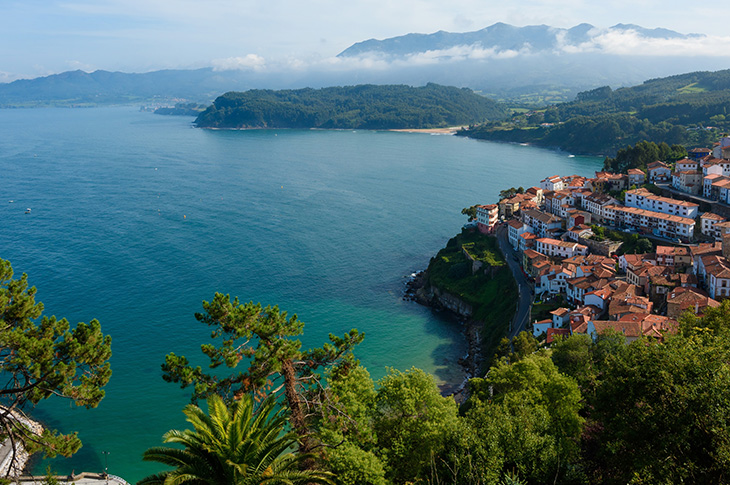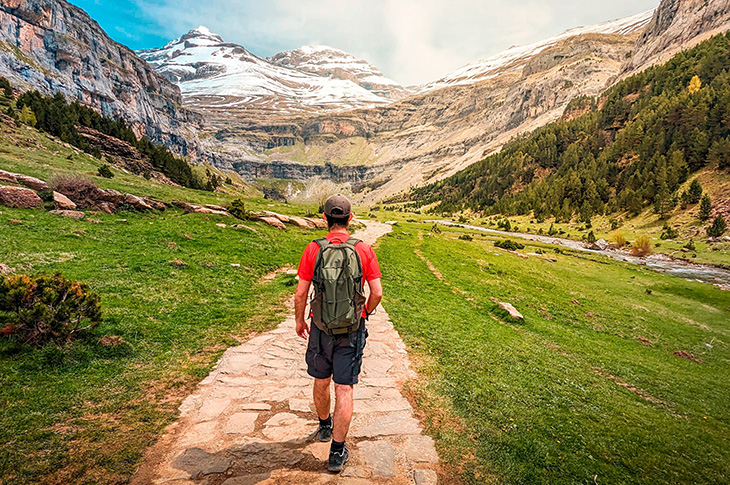Six authentic and natural gems for a leisurely journey in Spain
Secluded beaches, fishing traditions, and mountain landscapes define six Spanish gems
From Atlantic cliffs to Pyrenean valleys, Spain reveals little corners where time seems to stand still. These are places that invite us to stroll at our own pace, breathing in the purest nature, and reconnecting with the essence of local life. Secluded beaches, fishing villages, sustainable islands, and mountain landscapes offer genuine experiences far from the hustle and bustle. A recent report by HomeToGo has selected 6 Spanish municipalities among the 50 hidden gems of Europe. In the northwest of the peninsula, Valdoviño (Galicia) emerges as an Atlantic sanctuary where the sea has carved out dizzying cliffs and fine sandy beaches—such as Pantín in particular, famous for international surfing. The tranquility of Lagoa da Frouxeira makes for the perfect setting for a walk among the migratory birds, while the trails connecting lighthouses and viewpoints offer the chance to enjoy unique panoramas. Between outings, the region’s seafood cuisine presents fresh shellfish tastings, turning every visit into a fully immersive encounter with Galician nature, accompanied by local gastronomy.

On the northern coast of A Coruña, Porto de Espasante has retained all its maritime essence. Its calm beaches, impressive trails leading to the cliffs, and the daily activity of the fish market invite visitors to experience fishing tradition first-hand. Meanwhile, taking part in local festivities dedicated to the sea and sharing local cuisine with residents are just a few experiences that connect tourists with a calm and authentic way of life. Illa de Arousa reveals itself as an island paradise where fishing culture intertwines with landscapes of great natural value. The Carreirón Nature Park offers trails winding through dunes and pine forests, while viewpoints reveal horizons that fade into the Atlantic. The experience is rounded off by the chance to sail to the mussel rafts to taste freshly harvested mussels, an experience that reflects the island’s sustainable essence. On the coast of Asturias, the town of Lastres impresses visitors with a historic town center declared a Historic-Artistic ensemble. Its colorful houses overlook the Cantabrian Sea, while cobbled streets lead to viewpoints offering views worthy of a postcard. Just a few miles away, the Jurassic Museum reminds us that this coastline’s history has been written since ancient times. Finally, hiking routes to cliffs and secluded beaches allow tourists to enjoy the wildest nature amid an exceptional setting.

With a change of scenery as we move to the Balearic Mediterranean, the town of Fornells in Menorca reveals all its charm with a natural port of turquoise waters. Among hidden coves, kayak outings, and defensive towers that recount the island’s history, days spent here tick by at a gentle rhythm. The lobster caldereta, Menorca’s signature dish, invites visitors to savor local cuisine while admiring the tranquility of the sea. Finally, in the Aragonese Pyrenees, Biescas offers an ideal mountain setting for active and rural tourism. From here, hiking routes set off toward the Tena Valley and the Ordesa and Monte Perdido National Park, where Pyrenean flora and fauna take tourists’ breath away at every step. The village’s popular architecture and robust gastronomy, featuring migas and artisanal cheeses, complete a trip designed for those seeking fresh air, adventure, and authenticity.


